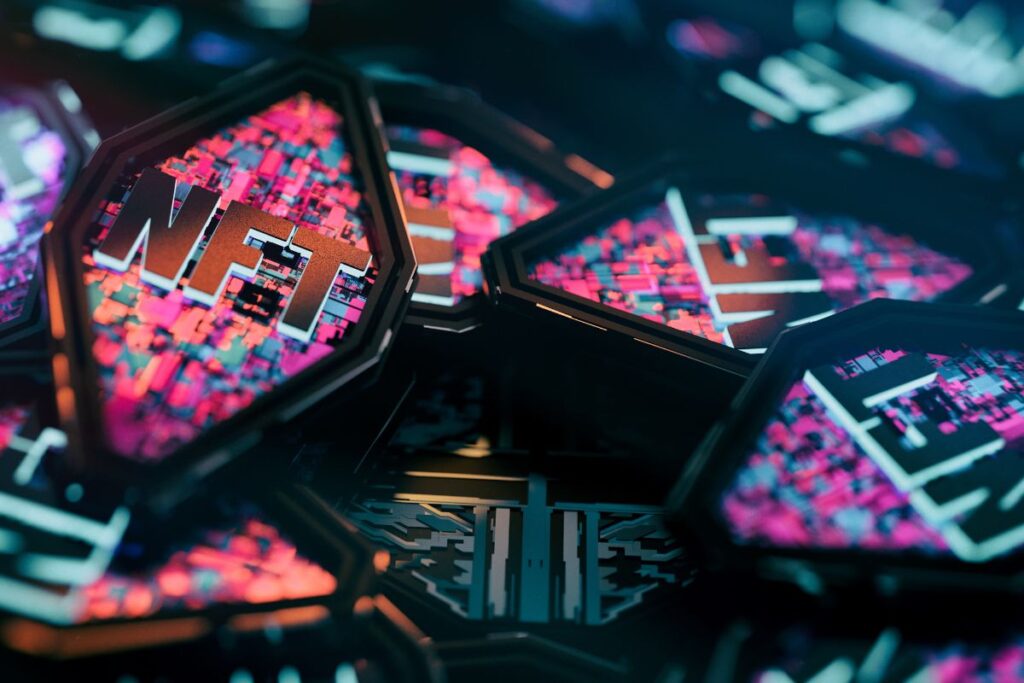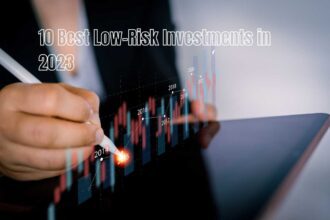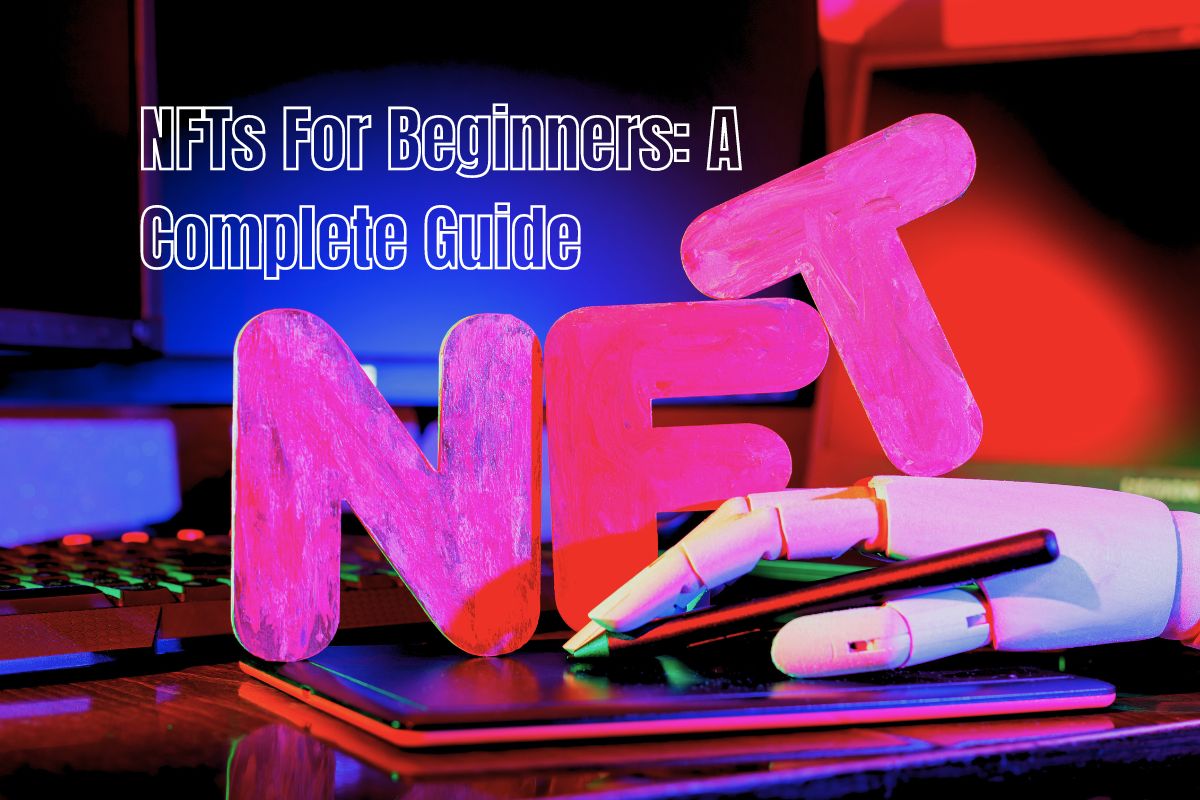Introduction
Welcome to the ultimate beginner’s guide to NFTs! In this comprehensive article, we will demystify the world of non-fungible tokens and provide you with all the essential knowledge you need to embark on your NFT journey. Whether you’re an art enthusiast, a collector, or simply curious about the latest digital trends, NFTs have become an exciting and revolutionary concept in the digital realm.
So, let’s dive in and explore the captivating world of NFTs together!
What are NFTs?
NFTs, short for non-fungible tokens, are unique digital assets that represent ownership or proof of authenticity of a particular item or piece of content. Unlike cryptocurrencies like Bitcoin or Ethereum, which are fungible and can be exchanged on a one-to-one basis, NFTs are indivisible and cannot be exchanged on a like-for-like basis.
How do NFTs work?
NFTs utilize blockchain technology, typically running on the Ethereum network, to create a decentralized and transparent system for verifying ownership and provenance. Each NFT contains a unique digital signature, or token, that distinguishes it from any other token in existence. This digital signature is stored on the blockchain, making it tamper-proof and immutable.

When an NFT is bought or sold, the transaction is recorded on the blockchain, providing a transparent and verifiable history of ownership transfers. This allows creators and collectors to establish provenance and authenticity, adding value to digital assets that were previously difficult to monetize.
NFTs For Beginners: Getting Started
Now that you have a basic understanding of what NFTs are, let’s explore how you can get started in the world of NFTs as a beginner.
1. Educate Yourself
Before diving headfirst into the world of NFTs, it’s crucial to educate yourself and understand the nuances of this evolving landscape. Take the time to read articles, watch videos, and explore online resources to gain a solid foundation of knowledge. Additionally, familiarize yourself with the terms commonly used in the NFT space, such as gas fees, wallets, and smart contracts.
2. Choose a Digital Wallet
To engage with NFTs, you’ll need a digital wallet. A digital wallet is a software application that allows you to securely store, send, and receive your NFTs. Popular crypto exchanges wallet options include MetaMask, Trust Wallet, and Coinbase Wallet. Choose a wallet that best suits your needs and follow the setup instructions provided by the wallet provider.
3. Acquire Cryptocurrency
To purchase NFTs, you’ll need to acquire cryptocurrency, typically Ethereum (ETH). If you don’t already own cryptocurrency, you can purchase it from popular cryptocurrency exchanges such as Coinbase, Binance, or Kraken. Follow the registration process on the exchange, complete any necessary verification steps, and deposit funds into your account to buy Ethereum.
4. Find NFT Marketplaces
Once you have a digital wallet and cryptocurrency, it’s time to explore NFT marketplaces. These platforms serve as online marketplaces where creators can mint and sell their NFTs, while collectors can browse, purchase, and trade these unique digital assets. Some popular NFT marketplaces include OpenSea, Rarible, and SuperRare. Explore different marketplaces to discover a wide range of NFTs across various categories.
5. Set a Budget
Before entering the NFT market, it’s essential to establish a budget. NFTs can range in price from a few dollars to millions of dollars, depending on factors such as the artist’s reputation, scarcity, and demand. Determine how much you’re comfortable spending on NFTs and stick to your budget to avoid overspending or getting caught up in speculative trends.
6. Conduct Due Diligence
When buying NFTs, it’s crucial to conduct due diligence. Research the creators, verify their reputation, and examine the history of their previous works. Look for established artists, collaborations with reputable brands, and positive feedback from the community. By doing your research, you can make informed decisions and invest in NFTs with confidence.
Frequently Asked Questions (FAQs)
As a beginner in the world of NFTs, you may have several questions. Here are some frequently asked questions along with their answers:
-
Are NFTs only used for digital art?
No, while NFTs gained popularity in the digital art world, they have expanded to various industries. NFTs can represent digital collectibles, music, virtual real estate, domain names, and even tokenized ownership of physical assets like real estate or luxury goods.
-
Can I sell or trade NFTs after buying them?
Yes, one of the appealing aspects of NFTs is their fungibility. You can sell or trade your NFTs on various marketplaces, just like you would with physical assets. Each NFT marketplace has its own interface and processes for listing, selling, and transferring ownership of NFTs.
-
How do I store my NFTs securely?
To store your NFTs securely, you need to use a digital wallet. Digital wallets offer a secure way to store your NFTs by keeping your private keys safe. Choose a reputable wallet provider, enable two-factor authentication, and regularly back up your wallet to ensure the safety of your digital assets.
-
What are gas fees, and why do I need to pay them?
Gas fees are transaction fees required to perform actions on the Ethereum blockchain, such as buying or selling NFTs. These fees cover the computational resources needed to process and validate transactions on the network. Gas fees can vary depending on network congestion and the complexity of the transaction.
-
Can I create my own NFTs?
Yes, anyone can create and mint their own NFTs. There are platforms like Mintable and Rarible that allow creators to mint NFTs without extensive technical knowledge. However, it’s important to consider the quality and uniqueness of your content to attract potential buyers and collectors.
-
Are NFTs environmentally friendly?
The energy consumption of NFTs has been a topic of discussion due to the energy-intensive nature of blockchain networks. Ethereum, the most common blockchain for NFTs, is transitioning from a proof-of-work to a proof-of-stake consensus mechanism, which is expected to significantly reduce its energy consumption. However, it’s essential to stay informed about the environmental impact of blockchain technologies and support projects with sustainable practices.
Conclusion
Congratulations! You’ve completed this comprehensive guide to NFTs for beginners. We hope this article has provided you with a solid understanding of what NFTs are, how they work, and how you can embark on your own NFT journey. Remember to continue learning, stay informed about the evolving NFT landscape, and approach NFT investments with caution.
NFTs have the potential to revolutionize the way we perceive and interact with digital assets. Whether you’re an artist seeking new avenues for monetization or a collector looking for unique pieces





